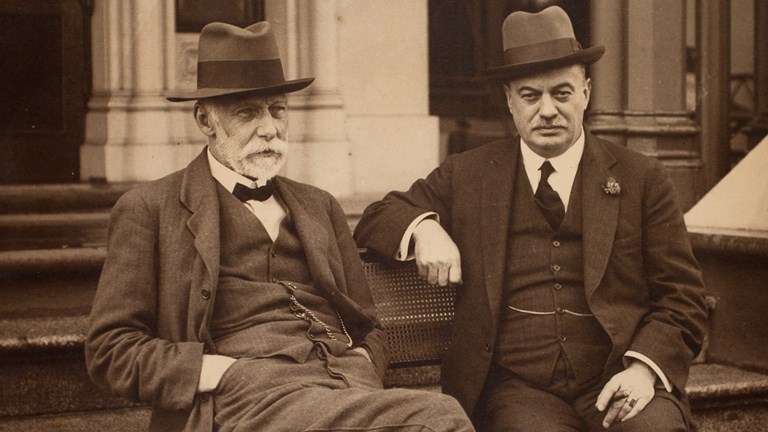
History
Kodak Australasia's long history stretches back over 140 years to the 1880s. Discover the entrepreneurs who founded Kodak’s photographic manufacturing and marketing operations in Australia.
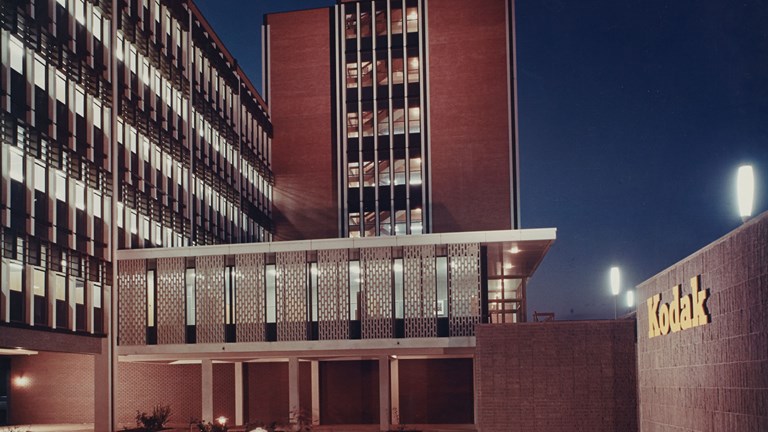
Between 1884 and 2004, Kodak and its local predecessors manufactured and marketed photographic products to the Australasian region. This digital showcase provides a snapshot of that 120 year history, told through Museums Victoria's Kodak Heritage Collection.

Kodak Australasia's long history stretches back over 140 years to the 1880s. Discover the entrepreneurs who founded Kodak’s photographic manufacturing and marketing operations in Australia.
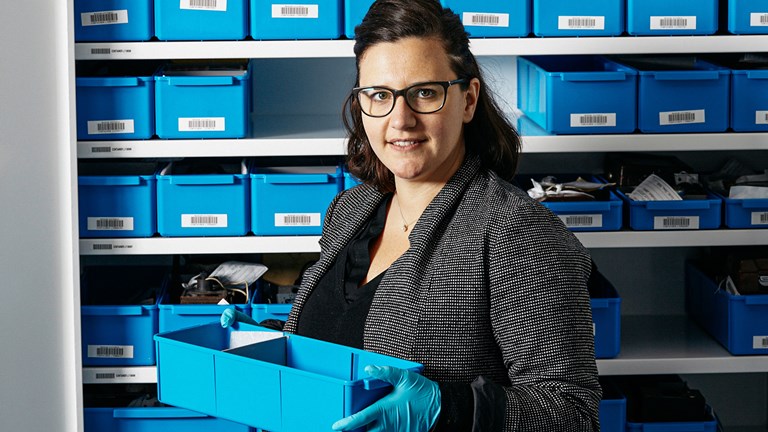
Explore behind the scenes to see the work that went on to preserve, digitise and document Museums Victoria's Kodak Heritage Collection – all with the help and expertise of the Kodak community.

'It's made by Kodak, so you know it's good.' Cameras, film, paper and chemicals were just some of the products produced and sold by Kodak Australasia and its predecessors over the years. Explore over a century of photographic products made in Melbourne, Australia.
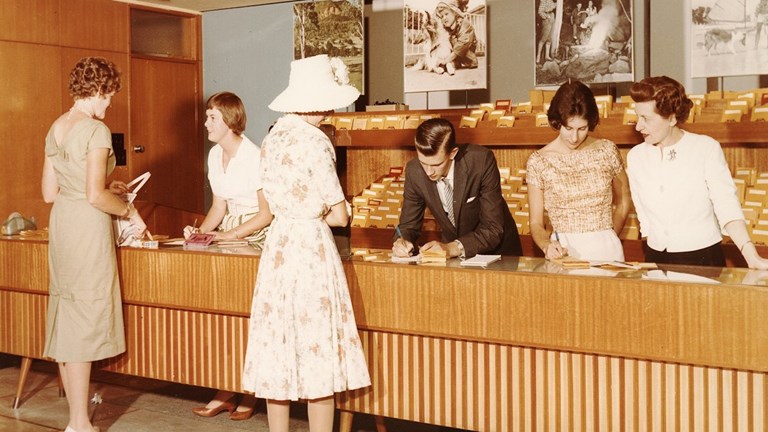
Kodak Australasia monopolised Australian air waves, TV screens, magazines, shopfronts and trade shows with its catchy marketing strategies. Tune into TV commercials from the 1960s, and feast your eyes on advertising posters, trade literature and shopfront displays.
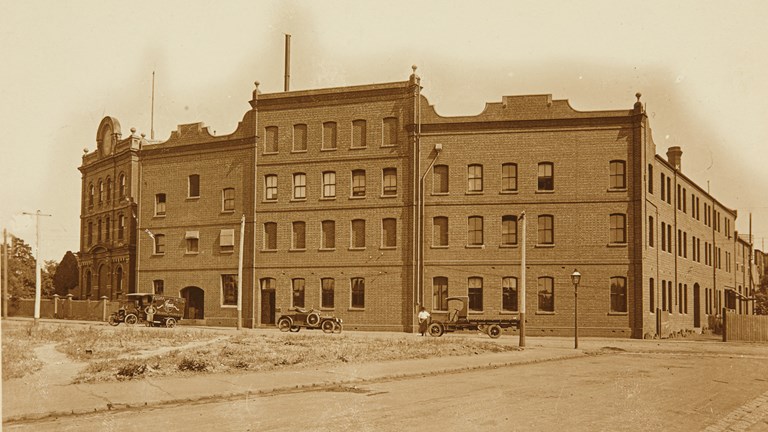
Kodak Australasia manufactured and produced a wide range of products via its Abbotsford, Burnley and Coburg factories in Melbourne. Discover the factories that were the heart of operations for Kodak Australasia and its predecessors.
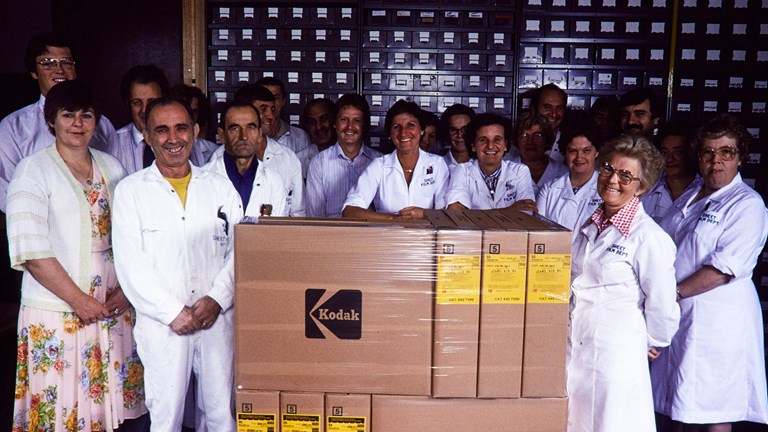
Many thousands of people worked for Kodak over its 120 years of manufacturing in Melbourne, Australia. Immerse yourself in a selection of stories featuring former Kodak staff as they reflect on their working lives.
This digital showcase is the culmination of many years of work by Museums Victoria in partnership with Kodak Australasia and the former Kodak staff community.
Museums Victoria collaborated closely with Kodak Australasia when the Kodak factory closed down in 2004, to acquire the Kodak corporate collection and ensure that the company history was preserved. We have also relied on the technical expertise and company knowledge of former staff in the 17 years since, to document the collection accurately and give it meaning.
This project was made possible by the generous support of Kodak Australasia and the Baker Foundation.
We would like to thank the many individuals who have generously shared their Kodak knowledge with us. We continue to be inspired by their enthusiasm about the significance of the Kodak Australasia story and their commitment to preserve Kodak’s history.
They include Kodak Australasia executives who managed the Kodak collection acquisition process, former Kodak staff who have donated collection items and contributed their memories of their working lives, Baker Institute archives and communications staff who gave access to the Thomas Baker archives, and many volunteers and students who have assisted in documenting the collection. We also appreciate the many hours of work that staff across Museums Victoria have contributed to the project.
Thomas Baker’s legacy lives on at Museums Victoria. His legacy also lives on at the Baker Institute in Melbourne, which Thomas, his wife Alice and his sister-in-law Eleanor Shaw founded in the 1920s, to fund medical research.
To keep up to date with Kodak Snapshots, make sure you follow Museums Victoria on Facebook, and Instagram.
For other general enquiries and questions go to Ask Us.
Museums Victoria has experts who can provide comment on the Kodak Heritage Collection, the history of Kodak in Australasia, and the history of photography more generally. Media enquiries and requests for expert comment should be directed to the Media and Communications team.
Exterior View of Building 8, Coburg, 1965. Source: Museums Victoria (MM 95939). Photographer: Wolfgang Sievers.
We are making improvements to our website and would love to hear from you about your experience. Our survey takes around 10 minutes and you can enter the draw to win a $100 gift voucher at our online store!
Museums Victoria acknowledges the Wurundjeri Woi Wurrung and Boon Wurrung Bunurong peoples of the eastern Kulin Nations where we work, and First Peoples across Victoria and Australia.
First Peoples are advised that this site may contain voices, images, and names of people now passed and content of cultural significance.